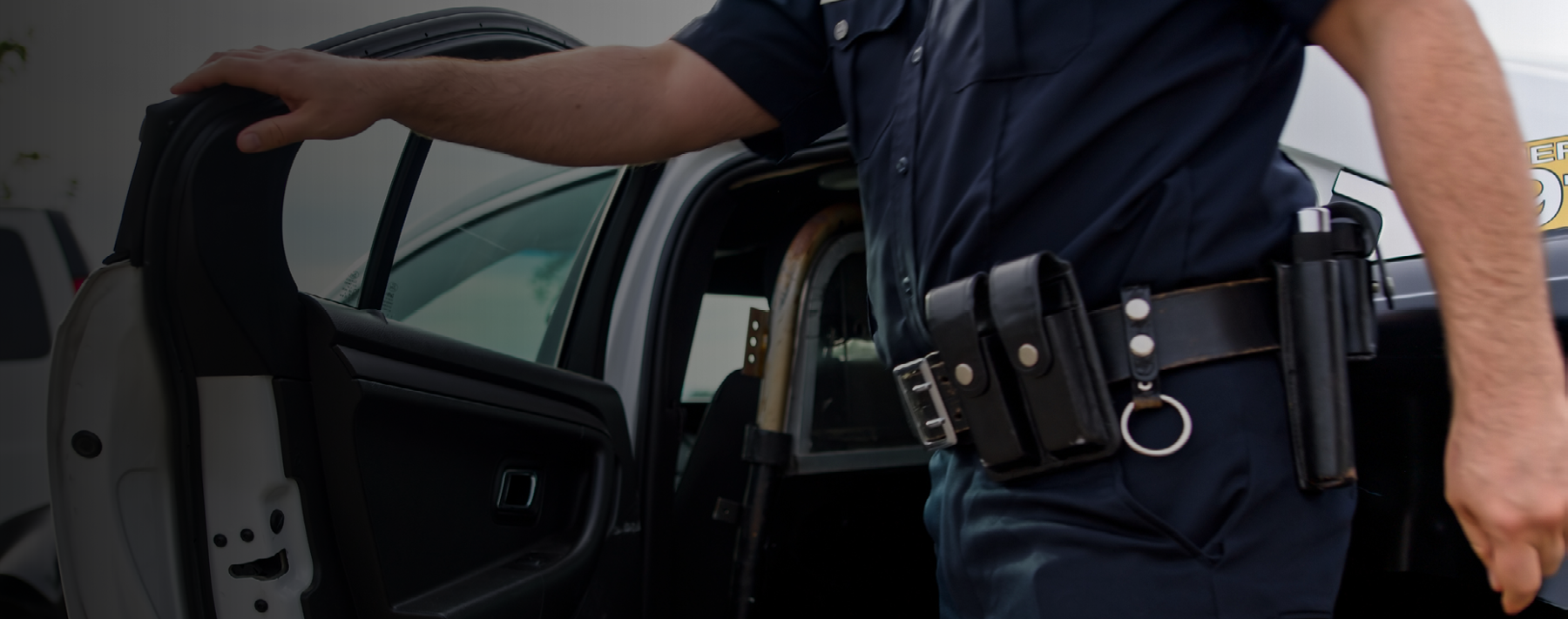Luer v. Clinton, 987 F.3d 1160 (8th Cir. 2021)
A taxi driver took a drunk man to Jon Luer’s suburban neighborhood. The driver stopped on the street near Luer’s house. The drunk rider got out and said he needed to get cash for the $65 fare. He never returned. The taxi driver called police at 2:38 a.m. The officers arrived at 2:45 a.m.
The driver described the fare thief as “a white male wearing a white hat in his mid 30s,” and said that he ran, pointing in a general direction away from Luer’s home. The officers checked the area of several homes. The officers walked into Luer’s backyard from a neighbor’s yard, and then walked onto a private garden path on the side of Luer’s home that connected to the driveway. An officer noticed the side entry to the attached garage was not fully secured. This doorway was not visible from the street.
Two officers knocked on Luer’s front door, knocked on windows and rang the bell. When no one answered, the officers entered the garage, concerned the suspect could be hiding there. Once inside, they found the door leading into the kitchen was open two to four inches. The officers entered the house with their guns drawn and gave loud commands for anyone inside to make themselves known. No one answered. They searched the home until they encountered Luer, partially dressed, outside his bedroom.
The court noted the officers were after a $65 fare thief. Sure, the fare thief could have easily become a trespasser and burglar, but there was no evidence supporting that theory.
After questioning Luer, his wife and his stepson, the officers determined that none of them were the taxi passenger (even though the driver identified the stepson as the fare thief). Luer consented to a search of his stepson’s bedroom to look for a distinctive white hat described by the taxi driver. The officers did not find the hat and they concluded the stepson was not drunk.
Luer and his wife sued, alleging an illegal entry and search. The officers claimed they were performing a community caretaking function and asked the court to apply qualified immunity. The appellate court determined the officers were entitled to qualified immunity for entering the backyard as part of the curtilage of the residence, but not for the “extensive search of the Luer-Steinebach home, ending with a frightening confrontation with the awakened family.”
The court noted the officers were after a $65 fare thief. Sure, the fare thief could have easily become a trespasser and burglar, but there was no evidence supporting that theory. The court stated: “The cab driver reported that a petty thief had run, not that a burglar was on the prowl in a residential neighborhood. Reasonable police officers acting as community caretakers should have left the home.”
Courts have not yet conclusively resolved whether the community caretaker exception extends to entries into the home. The United States Supreme Court recently agreed to consider this issue in Caniglia v. Strom (953 F.3d 112 (1st Cir.), cert. granted, No. 20-157, 2020 WL 6811250 (Nov. 20, 2020)).
This blog was featured in our Xiphos newsletter, a monthly legal-focused law enforcement newsletter authored by Ken Wallentine. Subscriptions are free for public safety officers, educators and public attorneys.



